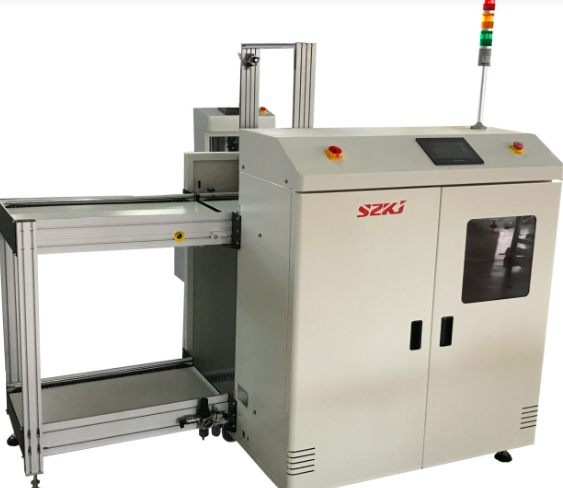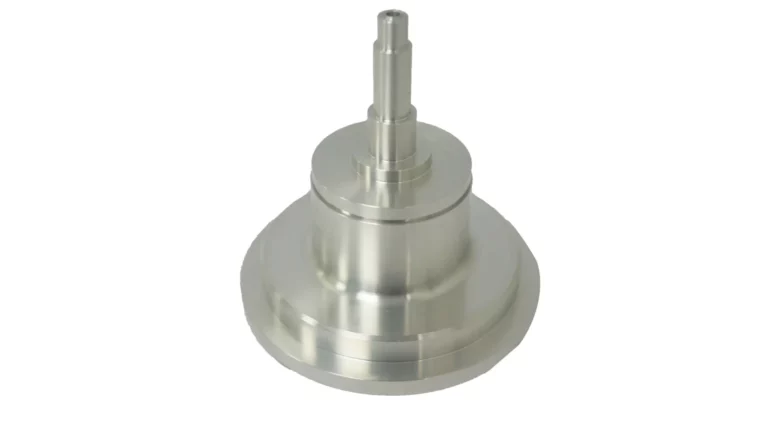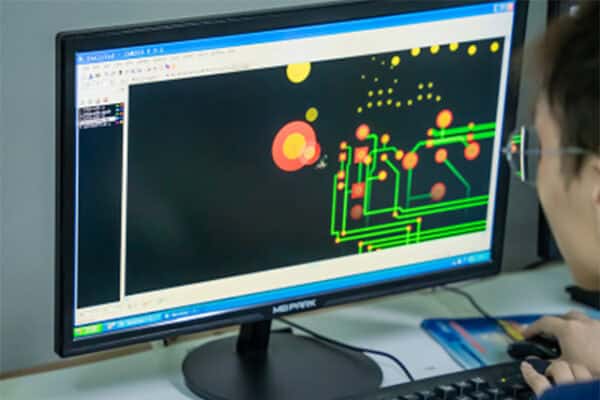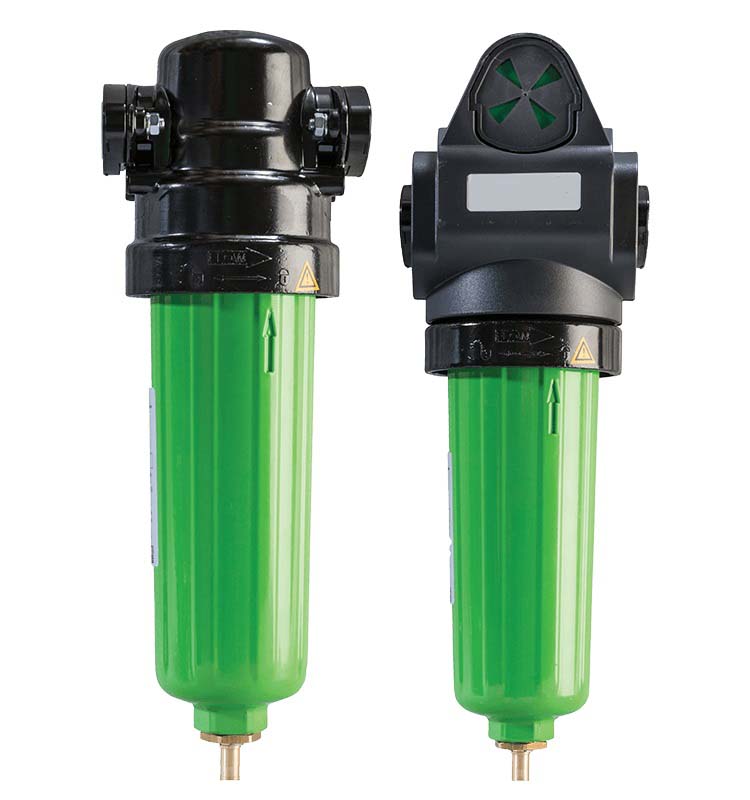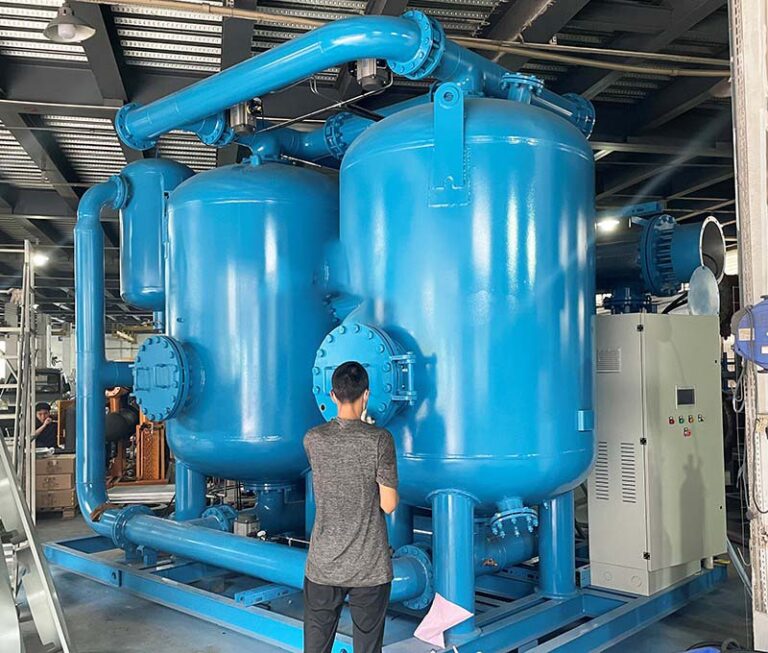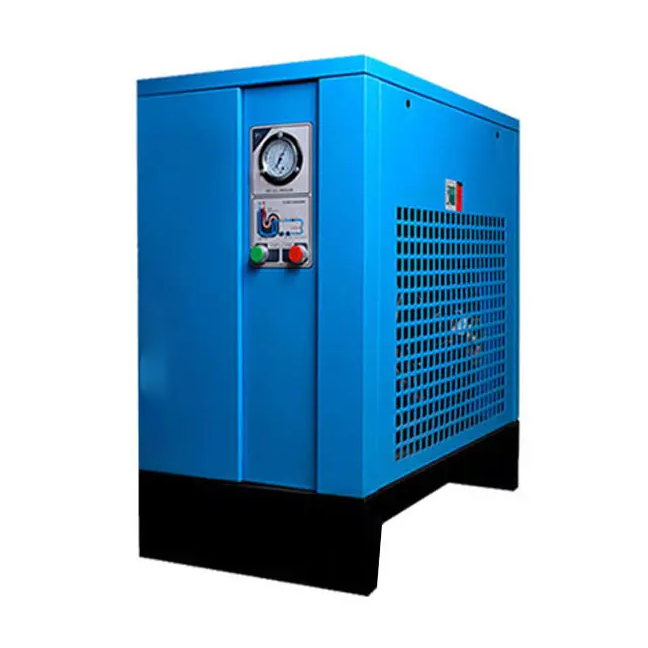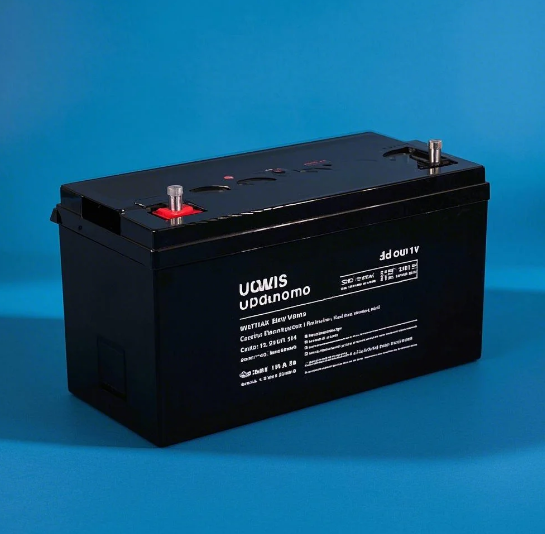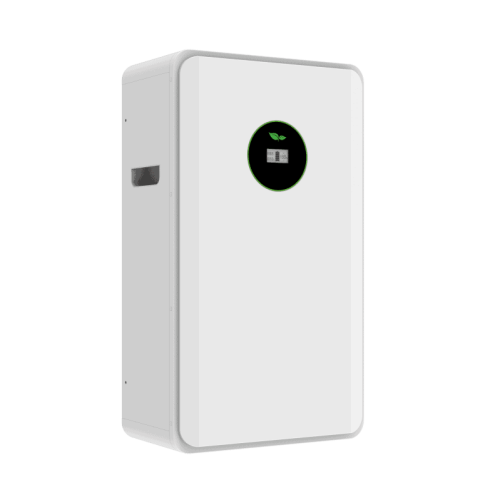目录
TogglePrinted Circuit Board (PCB) milling is a manufacturing process used to create PCBs by removing layers of copper from a blank board. Serving as an alternative to chemical etching, it’s particularly useful for rapid prototyping and small-scale production. This article explores its concept, benefits, and applications to provide a well-rounded understanding of this essential technology.
What is PCB Milling?
Printed Circuit Board milling uses a CNC (Computer Numerical Control) machine to cut away copper from a PCB. Unlike chemical etching, which dissolves unwanted copper, it mechanically removes it with precise end mills and drill bits that follow a computer-generated path, carving out the necessary copper traces. This method is ideal for engineers and designers needing quick, accurate prototypes, allowing them to test functionality within hours.
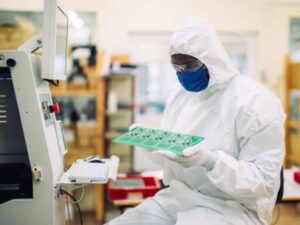
Key Advantages of Printed Circuit Board Milling
One of the primary reasons Printed Circuit Board milling has gained popularity is its compatibility with rapid prototyping. Here are a few reasons why engineers and manufacturers opt for PCB milling:
- Time Efficiency
It is significantly faster than traditional etching techniques, especially for small-batch production. With Printed Circuit Board milling, a fully functional prototype can be produced in hours, allowing for a fast turnaround in design testing. The efficiency of this method means engineers can easily make modifications, test new iterations, and complete project milestones on time. - Environmental Friendliness
Compared to chemical etching, Printed Circuit Board milling produces minimal waste and avoids the use of toxic chemicals. Etching involves acids and chemicals that require careful disposal, while Printed Circuit Board milling is a dry process that generates mostly dust, which can be contained and disposed of responsibly. - Precision and Flexibility
CNC machines used in PCB milling can achieve high levels of precision, allowing engineers to create complex circuits with fine details. The programmable nature of CNC milling machines makes it possible to replicate designs accurately and repeatedly, ensuring consistency across prototypes. - Cost-Effectiveness for Small Volumes
For small-scale production and prototyping, it is more cost-effective than other methods. Since it doesn’t require large quantities of raw materials or complex chemical setups, it can be a cheaper option when producing only a few boards.
Applications of PCB Milling
Printed Circuit Board milling has found diverse applications in industries that require rapid prototyping, including electronics, telecommunications, and automotive sectors. Engineers and designers utilize it to test components and improve designs, helping reduce time-to-market for new electronic products.
In academic settings, it is a popular tool for educational projects and research, allowing students and researchers to experiment with circuit design hands-on.
Challenges and Limitations
Despite its advantages, it also has limitations. Tool wear is a common challenge, particularly with frequent use or harder materials, which can impact precision. Additionally, it is less suited for large-scale production, where chemical etching provides cost efficiencies for high volumes.
Conclusion
Printed Circuit Board remains a highly effective approach for rapid PCB prototyping, offering high precision and environmental benefits. While not replacing traditional mass-production techniques, it is invaluable in testing and innovation. As technology advances, its techniques may continue to evolve, further enhancing its role in prototyping and small-batch production.
0